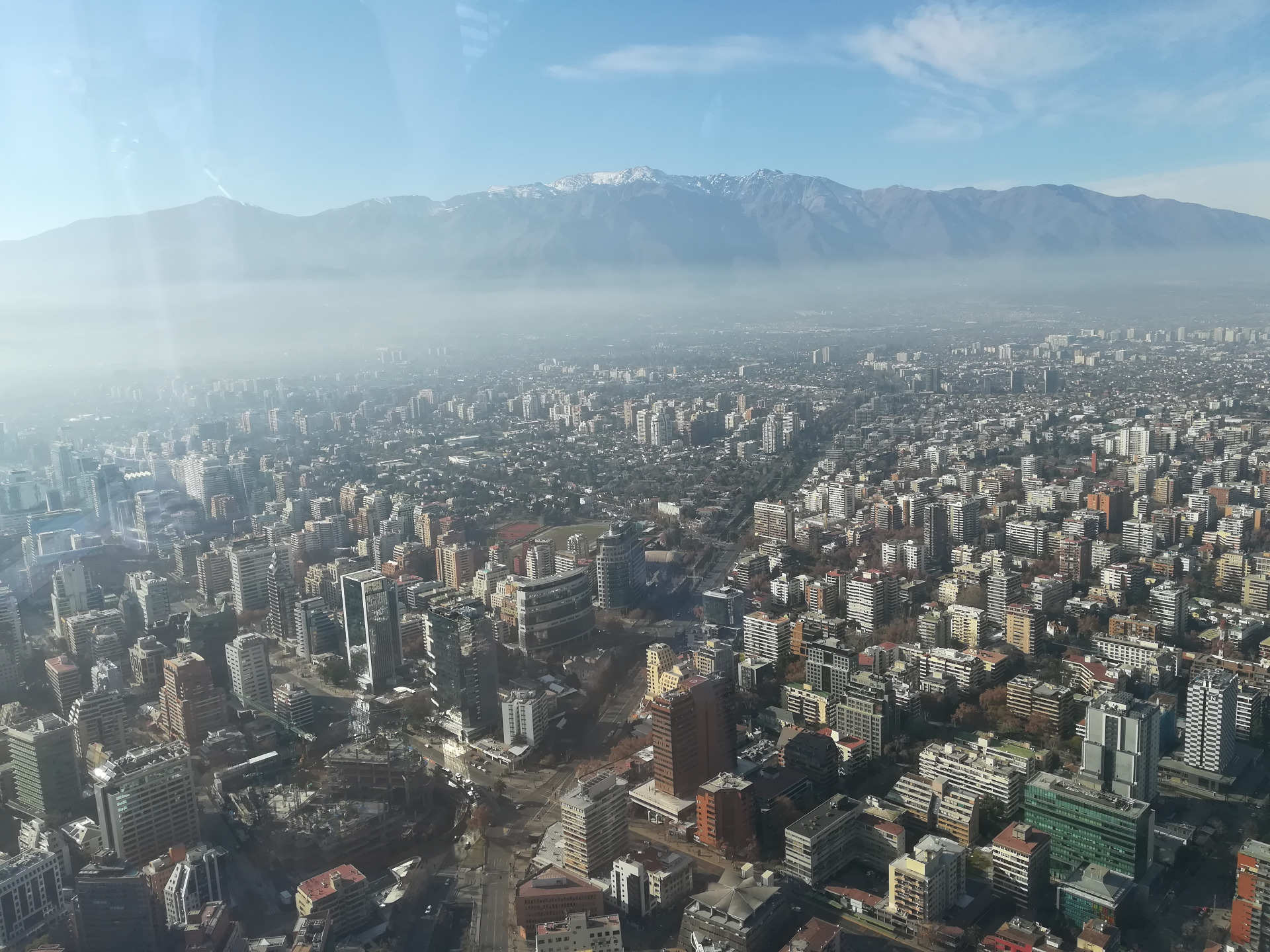Comparing Scandinavian and Latin American resource management in Santiago de Chile


Chile, with its long history of natural resource dependent economy, from salitre to el cobre, was an eminently suitable place to discuss the divergence between the economies of Latin America and Scandinavia. Despite their many differences, Sweden, Finland and Norway all started the 20th century as economies with similar levels of resource dependence as the Andean countries in South America. In the marathon-session Natural Resources Management: Latin America in the Nordic countries' mirror at the sixth Congreso Latino Americano de Historia Económica, scholars from Latin America and Scandinavia got together to present and discuss new research into this issue. This included FoN-researchers Espen Storli and Andreas Dugstad Sanders who contributed with their own research into the creation of international value chains and resource nationalism in the two regions.
Having braved the long journey from Trondheim to Santiago, the two plucky historians were not satisfied with only discussing research with new scholars and eating the odd churrasco. They could also not resist peering into some of the glorious attractions of the City of the Island Hills, namely the archives of former president Eduardo Frei and as well as the Ministerio de Relaciones Exteriores. What treasures do these archives contain? They are prime sources for the creation of the producer cartel CIPEC - the severely under-researched attempt by Chile, Peru, Zambia and Congo to establish an OPEC for copper.

